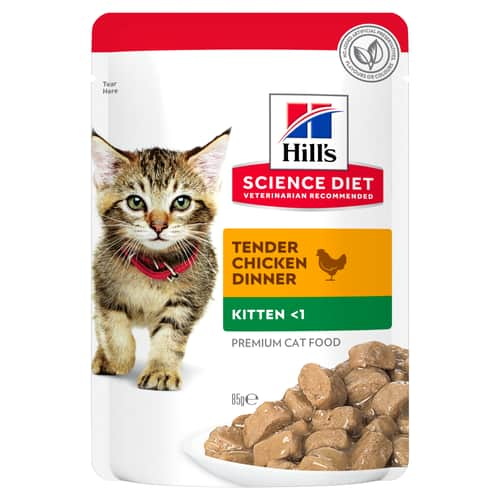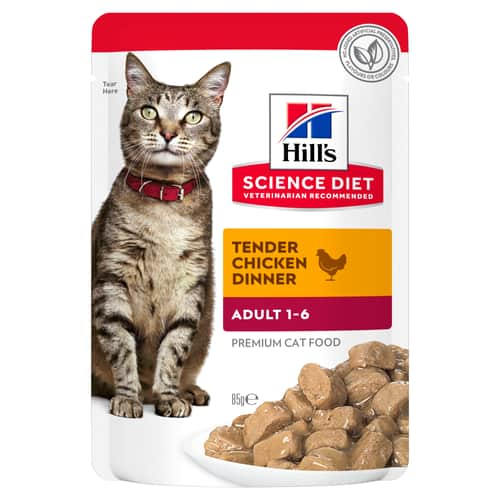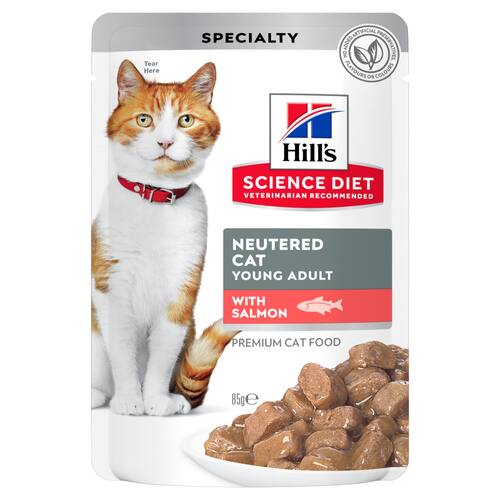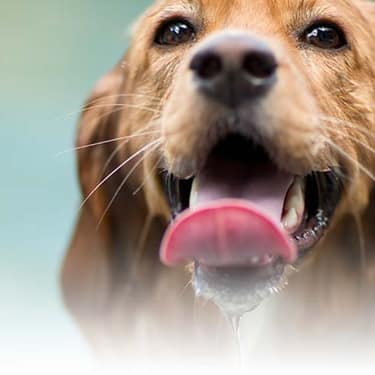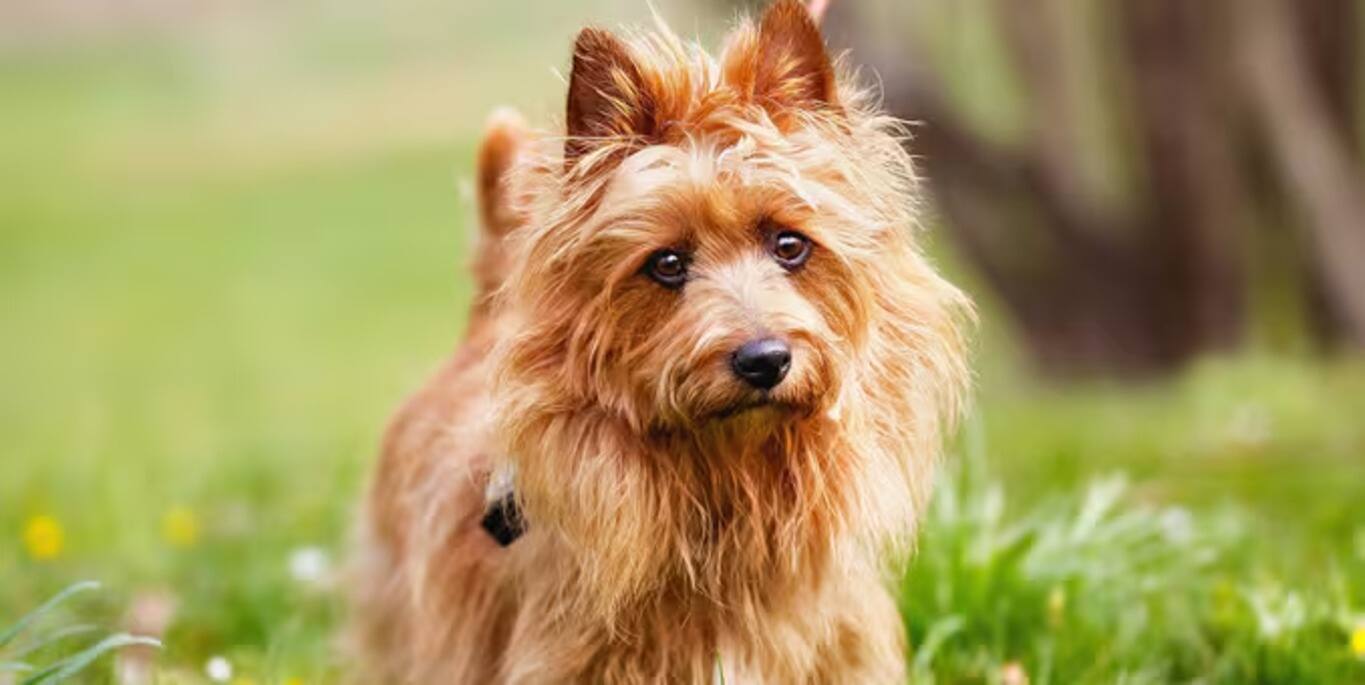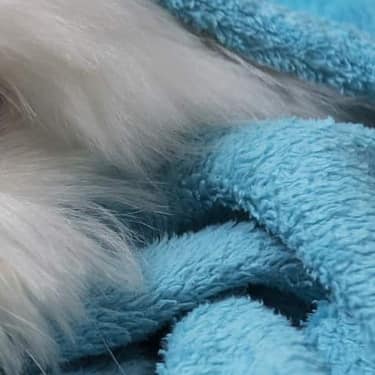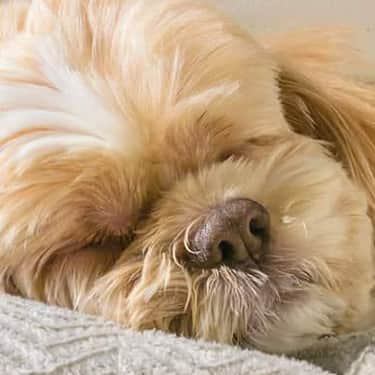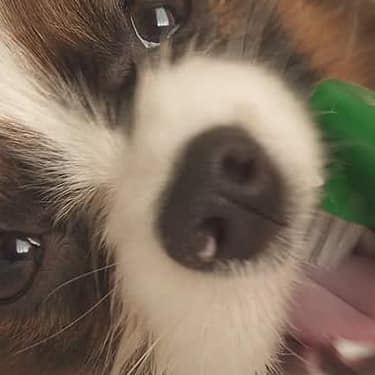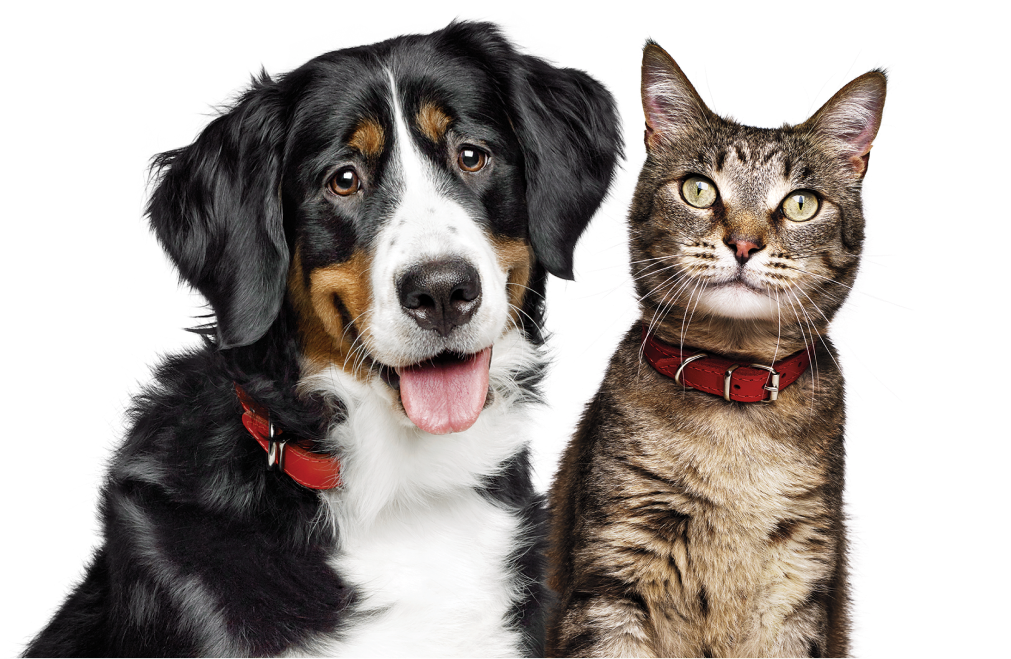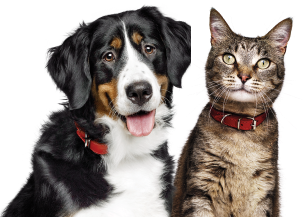Unless properly trained from a young age, your Aussie Terrier may try to boss you around. Socialising it with other pets as a puppy will also ensure it doesn’t see them as prey. However, considering its heightened intelligence, training and socialising shouldn’t be difficult.
These dogs are good with children as well – but need to be supervised to ensure the kids don’t get too rough with them. If pushed too far these dogs can snap as a show of disapproval. In general, however, Australian Terriers are tolerant and well natured – especially when treated as important family members. They’re also good for active, attentive individuals.
These dogs live well in units. However, they do bark – particularly when their watchdog instincts kick in (which can be regularly).
Their high energy and intelligence also calls for a decent amount of exercise and play time each day - otherwise, they could entertain themselves in a not so loveable way. This won’t be such an issue if you have a well-fenced yard for them to run around in. But be mindful that they love digging – so if you’re a keen gardener, the Australian Terrier may not be for you. Above all, Aussies are hardy dogs that are adaptable to all climates and don’t need a lot of grooming. They’re also very loyal, loving and smart little companions.
Recommended Diet:
Puppy: Hill's Science Diet Puppy Small & Mini Breed Dry Dog Food
Adult: Hill's Science Diet Adult Small & Mini Breed Dry Dog Food; Hill's Science Diet Adult Perfect Weight Small & Mini Breed Dry Dog Food
Mature: Hill's Science Diet Adult 7+ Senior Small & Mini Breed Senior Dry Dog Food
When British settlers arrived in Australia they interbred the Scottish Rough-Coated Terrier with a range of UK terriers – including the Cairn, Dandie Dinmont, Norwich, Scottie, Skye and Yorkshire Terriers. These cross-breeds were far from haphazard. The Australian Terrier was purposely developed as a fearless, tough little hunter that went after snakes and small vermin around docks, farms and mines. They even had a signature ‘leap-twist-and-pounce’ move to kill snakes.
The Aussie Terrier is the smallest of all working terriers and was the first (tame) native dog breed to be recognised in Australia. Once the breed became standardised, it soon gained attention around the world. Key recognition dates include:
- First Australian Terrier Club – Melbourne 1887
- Aussie breed status, UK Kennel Club – England 1933
- Recognised breed, American Kennel Club – 1960 (first new terrier breed in 21 years)
- The Australian Terrier Club of America – 1977
Health Concerns:
This dog is strong and healthy with relatively few problems. However, like all dogs there are some concerns to watch for.
Note: It’s important to see veterinary records and DNA certificates for both the purebred father and mother prior to purchase. This will help you identify possible genetic issues upfront.
Typical health issues may include:
- Patellar Luxation: Where the knee joint (usually in a hind leg) slides in and out of place. This can be very painful - however, some dogs can lead a relatively normal life with the condition.
- Eye problems: Dry eyes, also known as Keratoconjunctivitis, is common in Australian Terriers. The tear glands cease to keep the eye moist – resulting in sore, itchy eyes and infections. Cataracts and eye irritation from fur are also concerns.
- Legg-Calvé-Perthes Disease: This condition affects the hip joint. Blood supply to the head of the femur decreases until the bone eventually dies off, becomes deformed and collapses – causing arthritis and inflammation. The problem can be surgically corrected.
- Diabetes mellitus: A condition where the dog’s body can’t regulate blood sugar levels. The dog will consume more food for energy to compensate but will still lose weight. Other symptoms include excessive thirst and urination. Diabetes is treated with diet changes and insulin.
- Allergies: Skin allergies can affect the feet, stomach, skin folds and ears. Watch out for your dog licking their paws or rubbing their face constantly.
It is advised that any prospective pet parents are aware of potential health challenges faced with this breed and that you do your own research before ownership.




